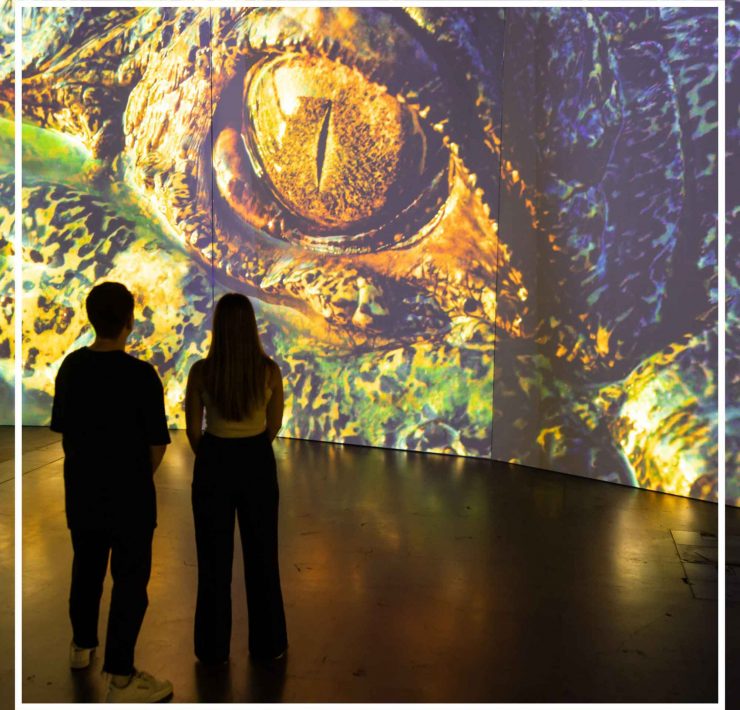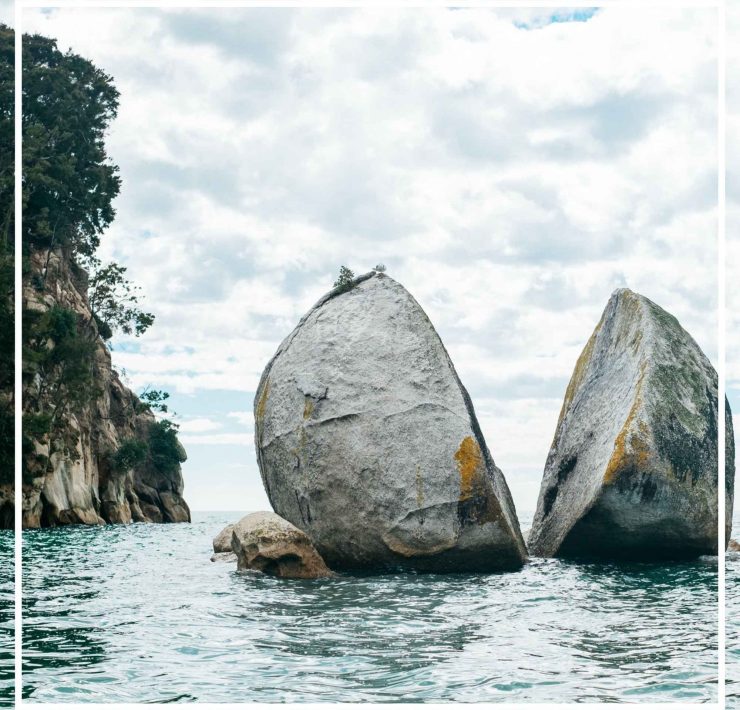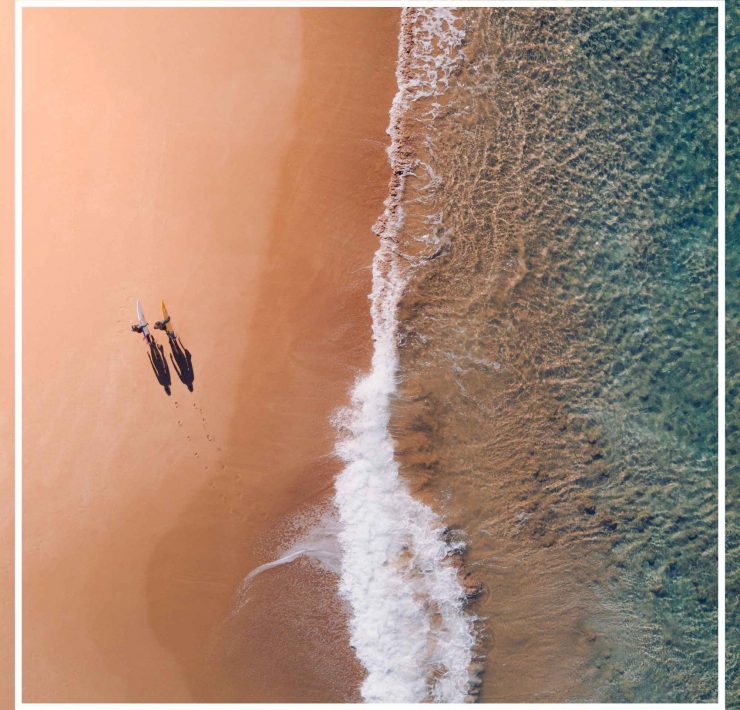Four Of Japan’s Best Kept Secrets Lie Just Outside Its Major Cities
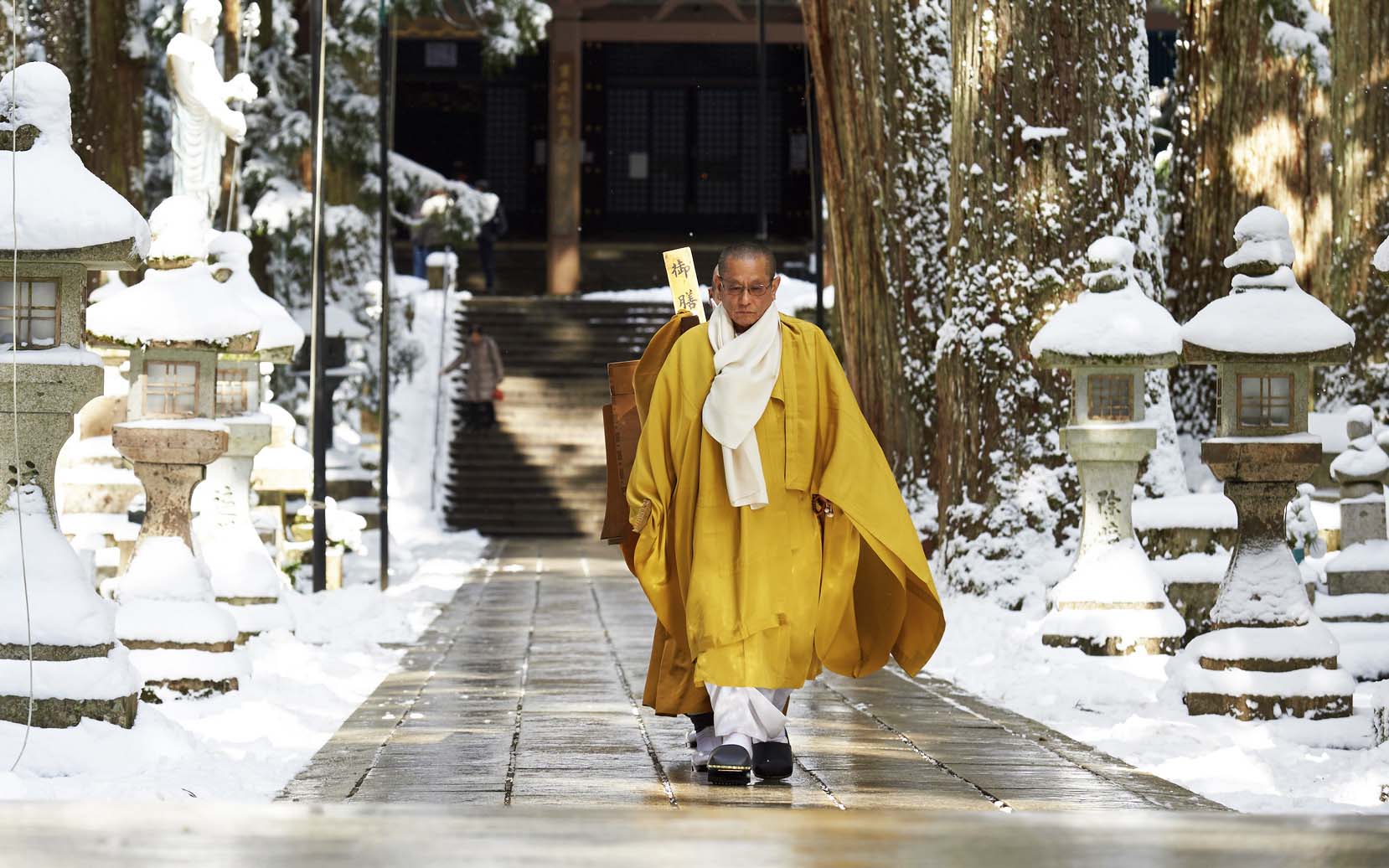
Chris Ashton is a repeat traveller with a passion for…
Japan is one of the world’s great travel destinations, a genuine box-ticker renowned for its incredible scenery, spirituality, culture and cuisine. From robot bars and cherry blossoms in Tokyo to Geishas on the streets of Kyoto, Japan’s highlights are well-known.
This is not that kind of list.
Rather than tell you about the cities and temples you already know, and have probably already added to your list to visit one day, there are some lesser known but equally amazing places just waiting to be discovered.
Wakayama
Points of Interest: Tanabe City, Yunomine Village, Totsukawa, Mount Koya
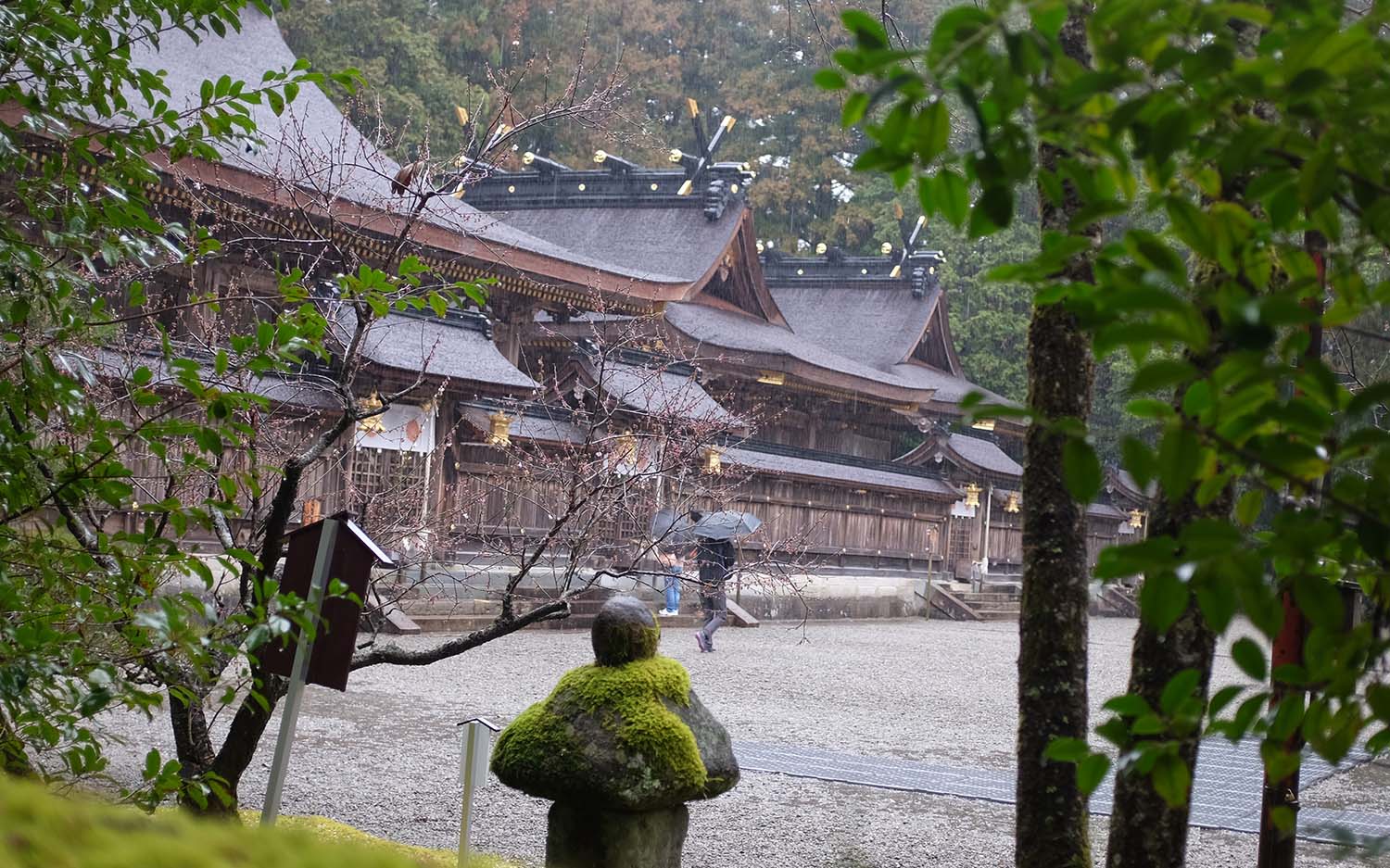
Wakayama is an area steeped spirituality and tradition. Situated to the south east of Osaka, it’s home to the Kumano Kodo – an historic Buddhist-Shinto pilgrimage that flourished from the sixth century to 1868 – as well as numerous historic cities, villages, and national parks. Many of its star attractions can be found in Mount Koya, Totsukawa Village, and Tanabe.
Though it may be known as a “village”, Totsukawa covers an area approximately the same size as Singapore, yet is home to just 6000 people. Due to Japan’s ageing population and the desire to head to the city for employment, this beautiful yet remote area is at risk of becoming a ghost town. It’s a pity, as it possesses stunning natural scenery and offers a more traditional experience with small ryokan guesthouses and spa resorts.
One of Wakayama’s more unusual sights is Okunoin cemetery at Mount Koya, an area with deep-rooted connections to the Shingon-Buddhist religion. According to superstition, there are no dead in Okunoin, only waiting spirits. When you consider its graves now number in the hundreds of thousands, it’s clear why the site is said to be the most haunted in Japan.
Hokuriku
Points of Interest: Nagano, Kanazawa, Tateyama Kurobe Alpine Route
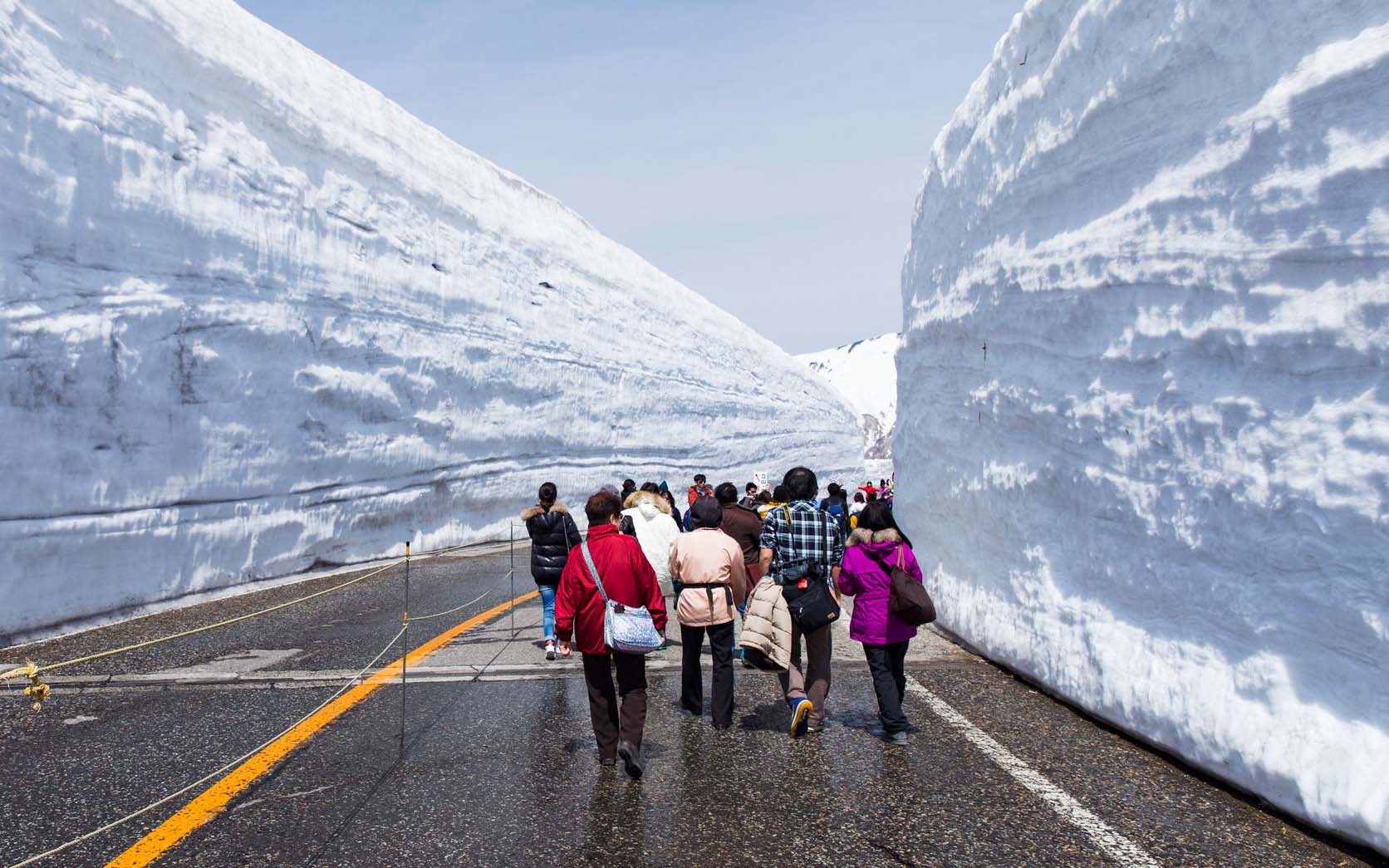
Located in the north west of Honshu, the main island of Japan, Hokuriku is a region full of surprises. History, adventure, skiing, food, culture – this place has you covered. Thanks to the shinkansen bullet train, it is also easily accessible from both Tokyo and Kyoto.
First up is Kanazawa. Once the seat of the powerful Maeda Clan, the historic city is a worthy rival to Kyoto, with beautifully landscaped gardens, exquisite temples, and authentic Geisha culture. In the Higashi Chaya District, it’s a common sight to see Geisha and their Maiko apprentices walking the streets, ducking in and out of authentic tea houses.
Hokuriku receives the highest snowfall of any inhabited and arable region in the world –meaning prime conditions for skiing and snowboarding. Nagano is the best-known ski resort in the region, but it’s also quite crowded. Lesser known gems include the Hakuba Goryu Resort, Katsuyama Ski-Jam, and Tateyama Sanroku Resort. Tateyama Kurobe Alpine Route, known for its fantastic hiking trails, is also where you’ll find the famous Snow Corridor.
Okinawa
Points of Interest: Naha, Yonaguni Monument, Churaumi Aquarium

The birthplace of Karate, Okinawa punches above its weight with an impressive range of things to see and do. In the capital of Naha, the highlight is Shurijo Castle, which occupies a commanding hilltop position overlooking the small city. For something a bit different, you can dress up in cosplay and explore the castle as if you were visiting royalty.
Divers are well catered to in Okinawa, but one site beats them all hands down – Yonaguni Monument. Found in the waters off Yonaguni Island, the mysterious pyramid-like structure has baffled archaeologists, who cannot agree if it is manmade or natural, for years. Was it created by an advanced civilisation then lost beneath the waves? No-one knows.
Visibility in Okinawa is often incredible, and the waters around the structure are always teeming with marine life.
Other attractions include the impressive Churaumi Aquarium, which boasts a tank so large it contains whale sharks, and the Murasaki Mura cultural park, where you can train with a karate master, try your hand at pottery, and learn about the island from days gone by.
Seto Inland Sea
Points of Interest: Miyajima, Hiroshima, Omishima
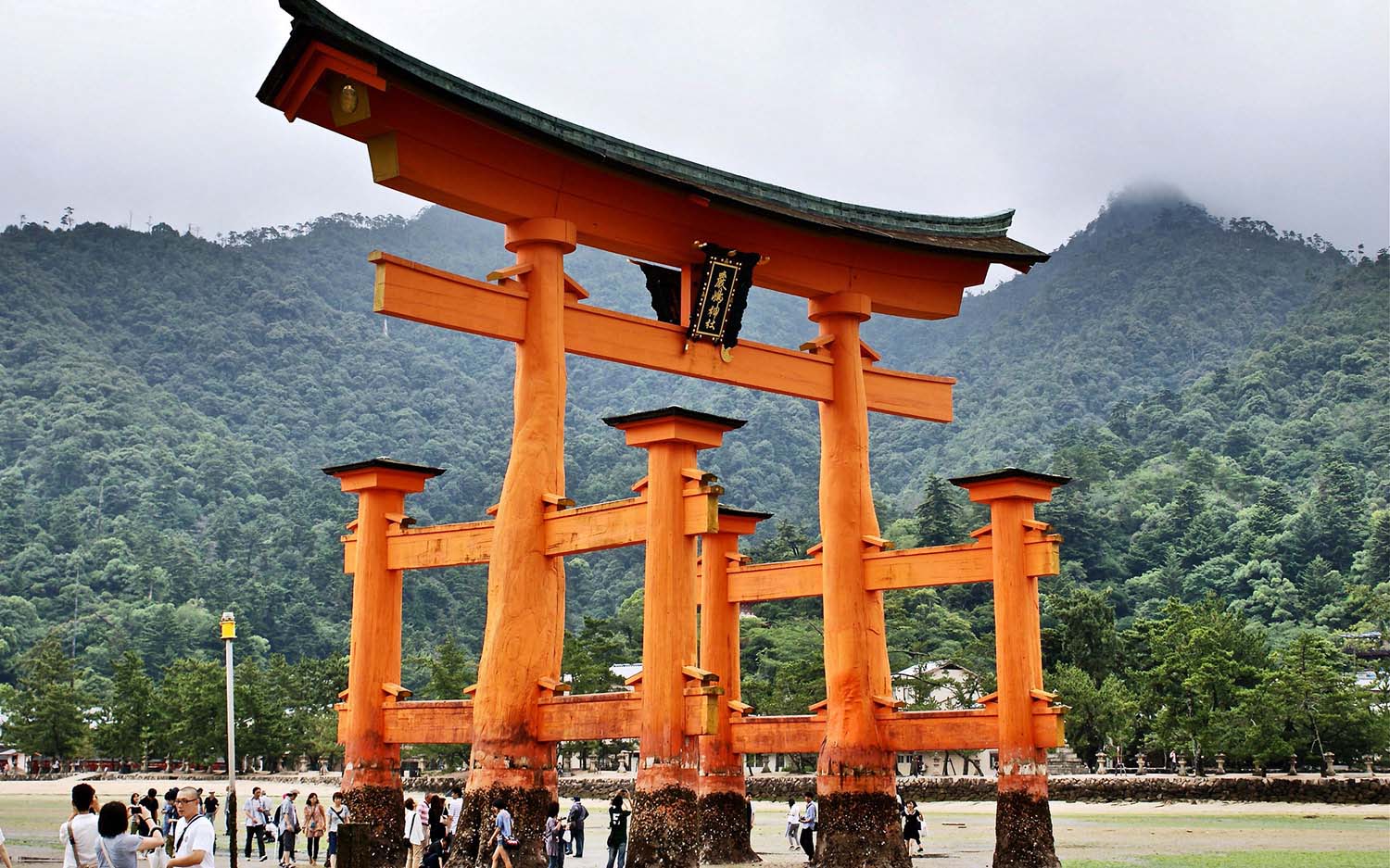
Long hailed as the Japanese Mediterranean, Seto Inland Sea is a dazzling region home to vibrant cities, colourful fishing ports, and some 600 individual islands and islets.
Sheltered from rough seas thanks to its position between three of the four main islands of Japan, it hides more than a few aces up its sleeves. Stretching for 500km, the region is easily explored by land, but a yacht charter will take your experience to the next level.
One of the most recognisable sights is the great red torii gate in the water at Miyajima, a small island and UNESCO shrine off the coast of Hiroshima. Other highlights include the towns of Kurashiki, known for the weeping willows that drape gracefully over its canals, and Naoshima, the quirky art island home to the famous Yayoi Kusama Pumpkin installation.
(Lead image: JNTO)
[qantas_widget code=NRT]Check out Qantas flights to Japan.[/qantas_widget]Chris Ashton is a repeat traveller with a passion for street art, street food, and scuba diving – though not always at once. He’s written for print and online media including Australian Geographic, Tiger Tales, Time to Roam, 9Elsewhere and Escape, and will give almost any adventure - no matter how big or small - a red hot go.





